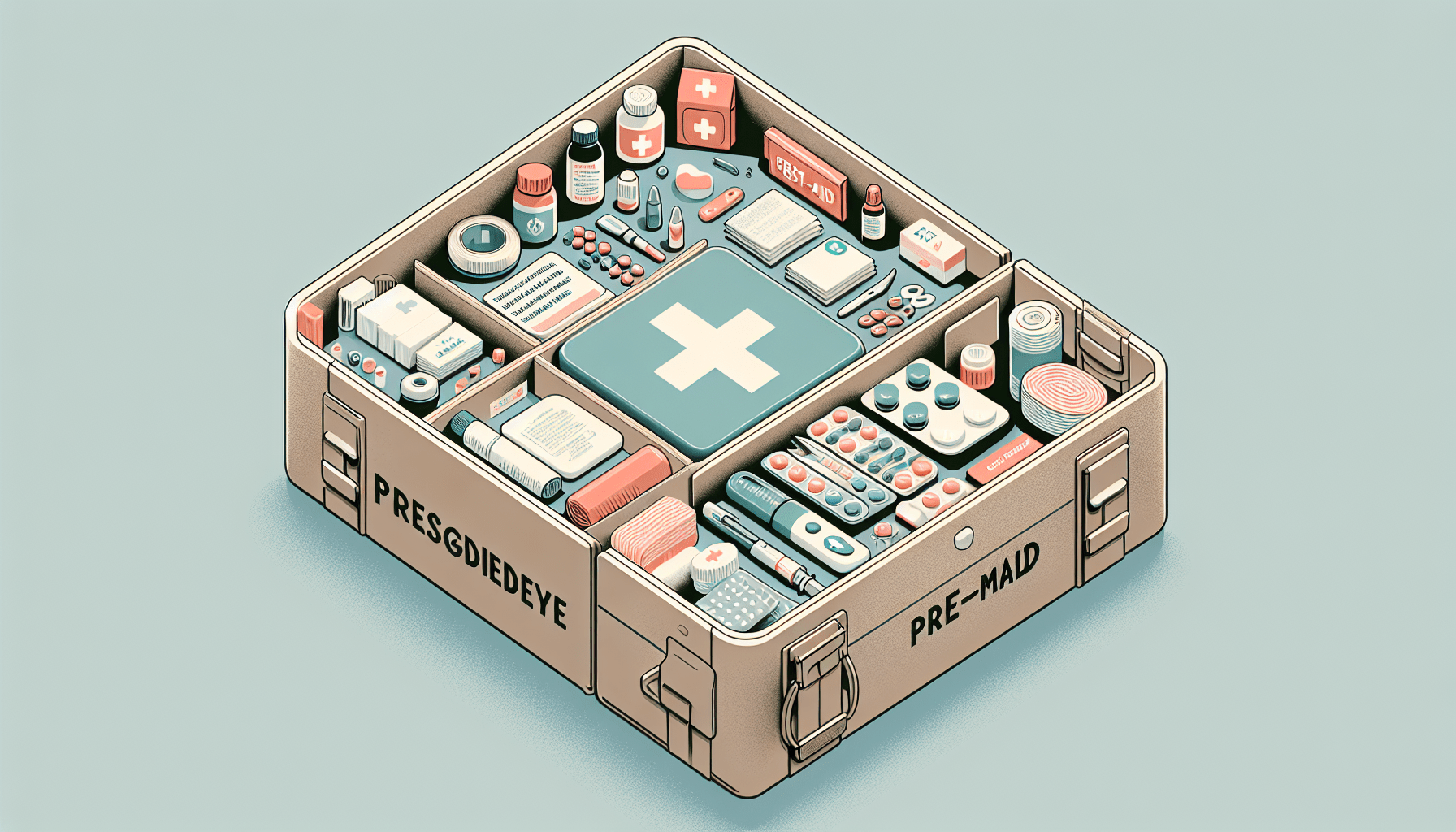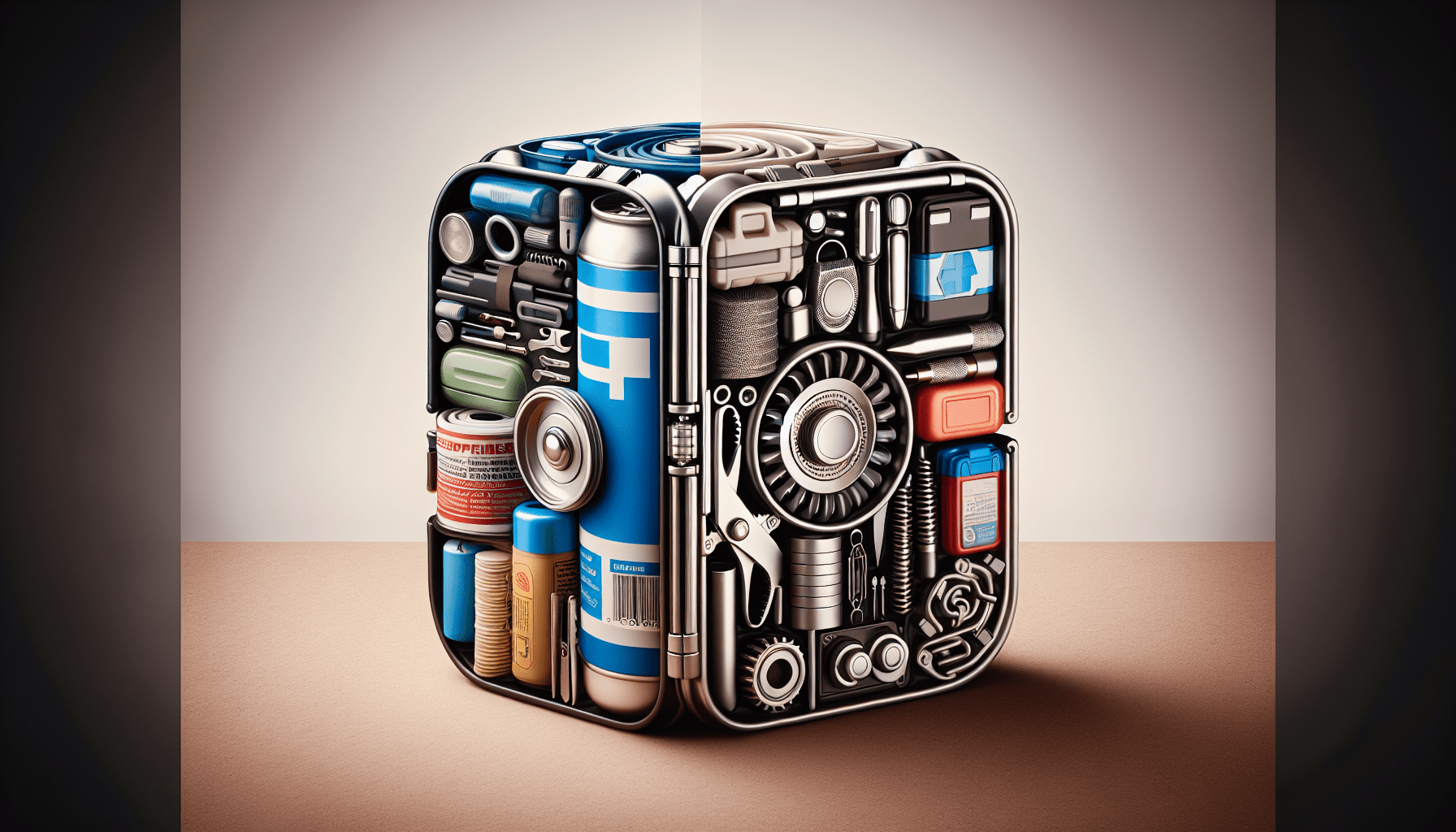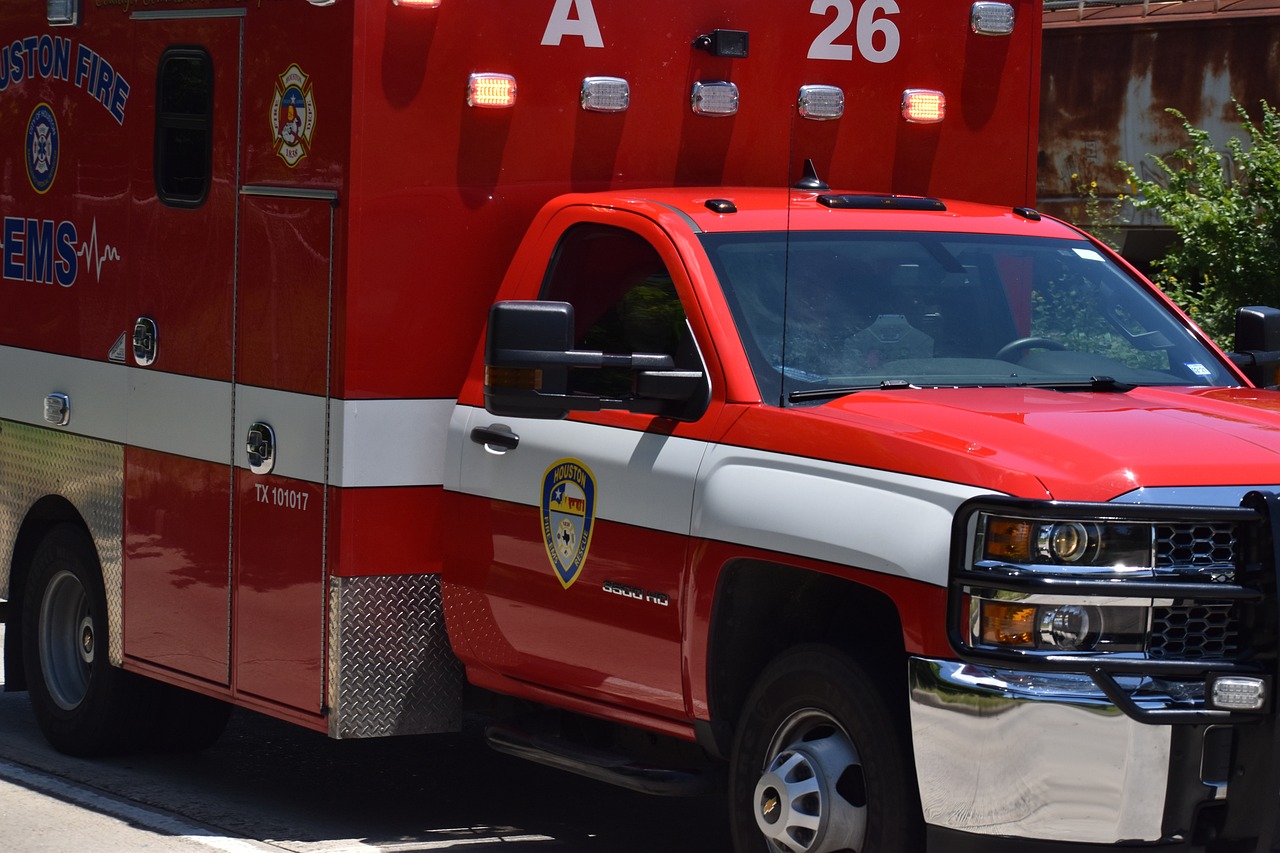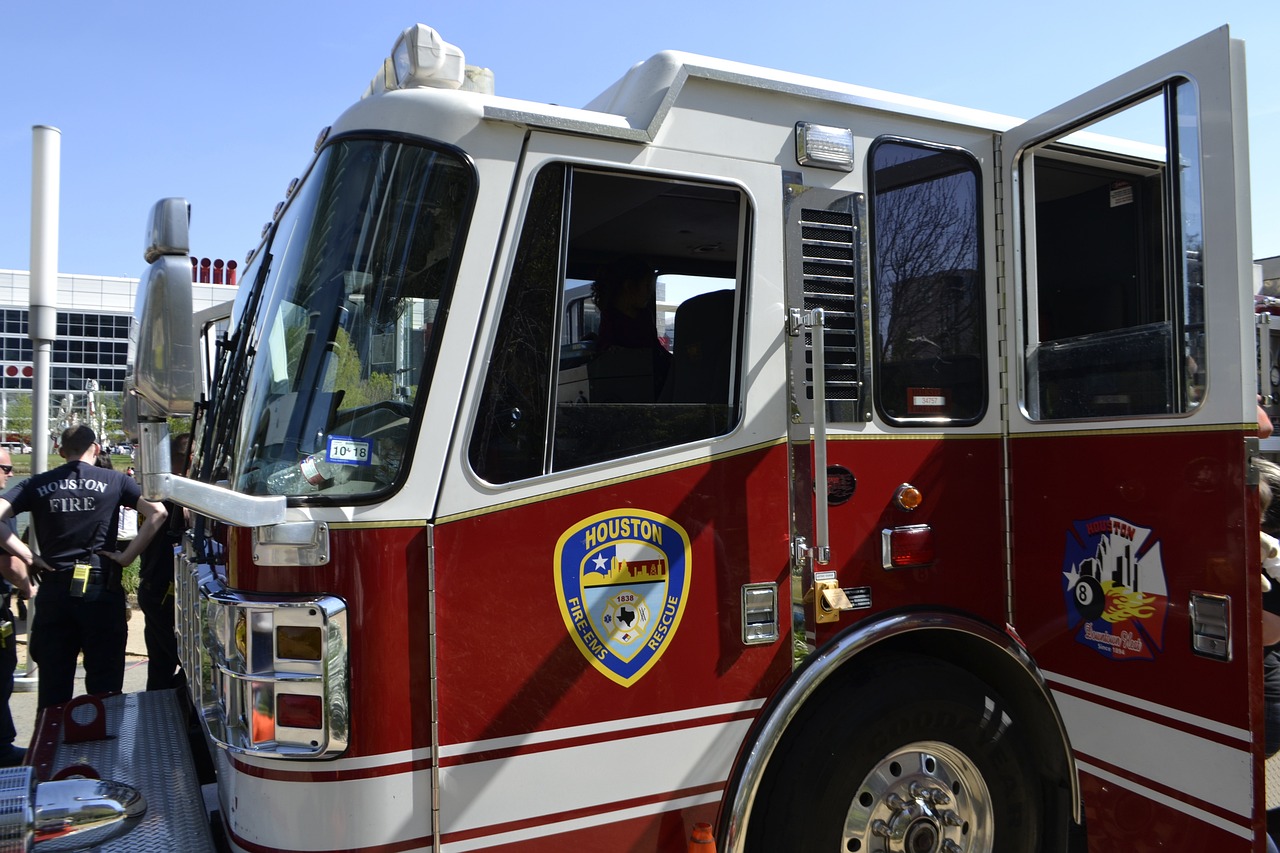In this article, we will explore the age-old dilemma of DIY versus pre-made emergency preparedness kits and help you decide which option is better for you. Whether you’re bracing for a natural disaster or seeking peace of mind during uncertain times, having a well-stocked emergency kit is essential. While some people prefer the convenience of pre-made kits, others find joy and satisfaction in putting together their own personalized survival gear. So, grab a cup of tea, sit back, and let’s weigh the pros and cons of both options to find out which is the ultimate winner in the battle of preparedness. When it comes to emergency preparedness, having a well-stocked and reliable emergency kit is essential. But with so many options available, it can be difficult to decide between a DIY kit or a pre-made kit. Both options have their advantages and disadvantages, so let’s explore the key factors to consider when choosing between DIY and pre-made emergency preparedness kits.

Cost
One of the primary considerations when it comes to emergency kits is cost. DIY kits are generally more cost-effective than pre-made kits. By purchasing the individual components and assembling the kit yourself, you can save money on packaging and branding costs. However, it’s important to note that the upfront costs of pre-made kits may be higher due to the convenience they offer.
Customizability
If you value the ability to personalize your emergency kit to meet your specific needs, DIY kits are the way to go. With a DIY kit, you have the freedom to select the exact items you want and customize the kit to suit your preferences. On the other hand, pre-made kits are usually less customizable. They offer standardized options that may not meet all of your specific requirements.

Convenience
Convenience is a significant factor to consider, especially during emergencies when time is of the essence. Pre-made kits offer the advantage of saving time and effort. These kits come ready to use, allowing you to quickly access the essential items you need. On the other hand, DIY kits require more research and preparation. You’ll need to invest time in selecting the right components, researching their effectiveness, and assembling the kit yourself.
Quality
When it comes to quality, pre-made kits have the edge. These kits are often curated by experts who have in-depth knowledge of emergency preparedness. By choosing a pre-made kit, you can have peace of mind knowing that the items included are of high quality and selected based on expertise. DIY kits, on the other hand, may vary in quality, depending on the individual choices you make when selecting the components.

Available Options
If you love variety and want endless possibilities when it comes to your emergency kit, DIY kits are the way to go. With a DIY kit, you have the freedom to choose from a wide range of items available in the market. From different brands and models to unique and specialized tools, the options are limitless. Pre-made kits, on the other hand, offer standardized options. While they may cover the basics, they may not provide the same level of variety and choice as DIY kits.
Knowledge and Skills
Assembling a DIY emergency kit requires some level of knowledge and skills. You’ll need to have information about different types of emergency supplies, their uses, and how to properly store and maintain them. This can be a great opportunity to learn and educate yourself about emergency preparedness. On the other hand, pre-made kits are ready to use for everyone, regardless of their level of knowledge or skills. They are designed to be user-friendly, making them accessible to anyone, regardless of their experience or expertise.

Emergency Preparedness Education
If you value the educational aspect of emergency preparedness, DIY kits provide a unique opportunity to learn. By selecting and assembling each component yourself, you gain a deeper understanding of the items and their purposes. DIY kits promote a hands-on approach to emergency preparedness, allowing you to develop valuable skills and knowledge. Pre-made kits, while convenient, may not offer the same educational value as DIY kits.
Reliability
When it comes to reliability, pre-made kits have the advantage. These kits are curated by professionals who have expertise in emergency preparedness. By choosing a pre-made kit, you can have confidence in the quality and reliability of the components included. DIY kits, on the other hand, may have unknown reliability depending on the personal choices you make when selecting the components. It’s important to thoroughly research and choose reliable and trustworthy items for your DIY kit.

Efficiency in Emergencies
During emergencies, every second counts. Pre-made kits offer the advantage of quick accessibility. In urgent situations, you can grab your pre-made kit and have all the essential items at your fingertips. DIY kits, on the other hand, may take longer to assemble. If time is of the essence, a pre-made kit may be more efficient in ensuring that you have the necessary supplies readily available.
Long-Term Sustainability
If you value the flexibility to continuously update and improve your emergency kit, DIY kits are the way to go. With a DIY kit, you can easily replace or upgrade individual components as needed. This allows you to adapt your kit to changing circumstances and advancements in emergency preparedness. Pre-made kits, on the other hand, may require complete replacement after expiration or significant changes in your needs.
In conclusion, the choice between DIY and pre-made emergency preparedness kits ultimately depends on your individual preferences and priorities. DIY kits offer cost-effectiveness, customizability, and an opportunity for hands-on learning. On the other hand, pre-made kits provide convenience, curated quality, and quick accessibility during emergencies. Consider the factors that matter most to you and choose the kit that aligns with your needs and values. Remember, the most important thing is to have a well-prepared emergency kit that can help you and your loved ones stay safe and secure during challenging times.
